“All rules are meant to be broken”, believed the Architects of deconstructivism of late 20th century. They made the world look back at architectures that rejected the principles of design. The works are still a depiction of immense creativity.
Deconstructivism can be defined as a movement that breaks the traditional need for architectures to follow a coherent form. It came to picture as a part of the Postmodernist Architecture that emerged during late 1980’s. It is said that deconstructivism was born from the influence of ‘Cubism’ and ‘Minimalism’. Though officially it lasted only for two to three decades, it had given the world the most modernistic values and the opportunity to imagine and execute out-of-the-way thoughts.
These architectures focus on the freedom of form, both in exteriors and interiors. This makes the users to wish experiencing the mesmerizing space.
What the Architectures of Deconstructivism Has?
The architectures of deconstructivism, though look complicated or strange, they are surely a distinctive piece of architecture. They may easily qualify for a landmark in the city, as they just can’t escape anyone’s eyes. But, how are they built? What do they have?
· Abstract forms with no visual logic
· Unpredictable designs that may bring in distortion, disruption, shock or uncertian
· A non-rectilinear approach to design
· Fresh irregular shapes that dislocates architectural conventions
· Curvilinear shapes that disturbs the skeleton
· An assembly of elements, like placing completely contradicting shapes next to each other, so that the design contradicts principles like harmony and continuity
· Very less or no way for extra ornamentation
· Disjointed buildings
Few Famous Deconstructivists of Architecture and their works
Frank Owen Gehry: A Canadian American Architect of the postmodern era, based in Los Angeles, California. He mainly worked on deconstructivism and hi-tech architecture. He is referred as “label him as "the most important architect of our age”, by Vanity Fair, after World Architecture’s survey revealed that his works are the most important in the contemporary architecture. He has worked on several university designs, stage designs, exhibition designs, furniture designs, trophy designs, lamps designs and more.
“Some people may say my curved panels look like sails. Well, I am a sailor, so I guess I probably do use that metaphor in my work - though not consciously.” - Frank Owen Gehry
His Famous Works:
· Dancing House in Prague
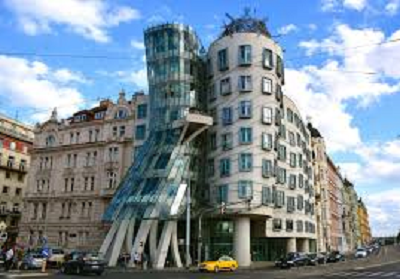
· Walt Disney Concert Hall in Los Angeles
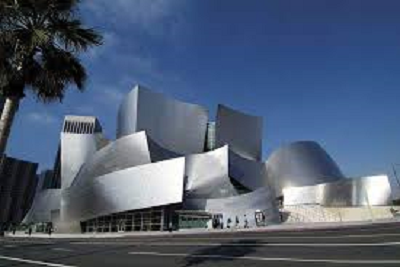
· Hotel Marqués de Riscal in Elciego
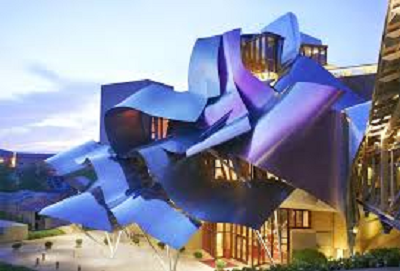
Dame Zaha Mohammad Hadid: An Iraqi-born British Architect crowned with numerous highly-acclaimed Architectural awards. As the women to have liberated architectural geometry, she is called as ‘Queen of the Curve’.
Her Famous Works:
· Bergisel Ski Jump, Innsbruck, Austria
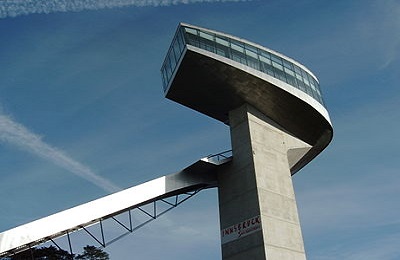
· Ordrupgaard Museum, Copenhagen, Denmark
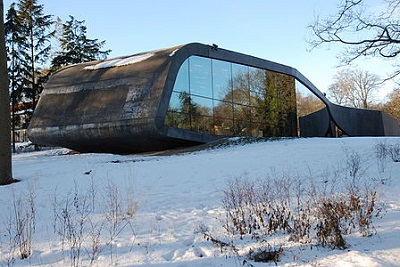
· The London Aquatics Centre for the 2012 Summer Olympics, London

Bernard Tschumi: An Architect, Writer, and Educator who has received numerous awards from the American Institute of Architects and the National Endowment for the Arts. He graduated from the Swiss Federal Institute of Technology (ETH) in Zurich, Tschumi and has taught architecture at various institutions. His works has been exhibited in various museums in the United States and Europe.
His Famous Works:
· Parc de la Villette, Paris
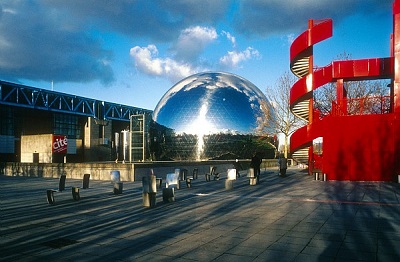
· Acropolis Museum, Athens
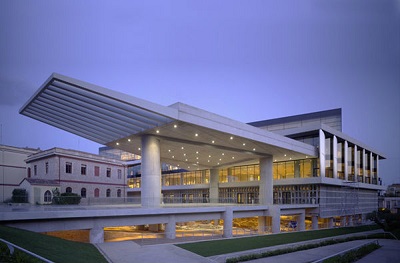
· Alésia MuséoParc, Burgundy

Peter Eisenman: An American Architect, who was a member of the “New York Five”, a team of five Architects whose work were presented at a CASE Studies conference in 1969. He has constructed various eminent buildings in Spain, Arizona, Ohio, Berlin, Vermont and Tokyo.
His Famous Works:
· Greater Columbus Convention Center, Columbus, Ohio

· University of Phoenix Stadium, Glendale, Arizona

Daniel Libeskind: A Polish-American Architect, Professor and Set Designer, well known for his architecture design of museums in the US, Germany, England, Denmark and Canada, and many residential projects, universities, theatres etc.
· Royal Ontario Museum, Toronto
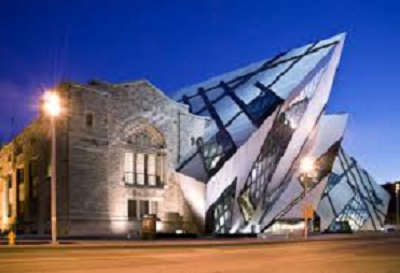
· Roebling's Bridge, Covington, Kentucky

· London Metropolitan University, London

Look out for more works on deconstructivism before you pitch in for your own.